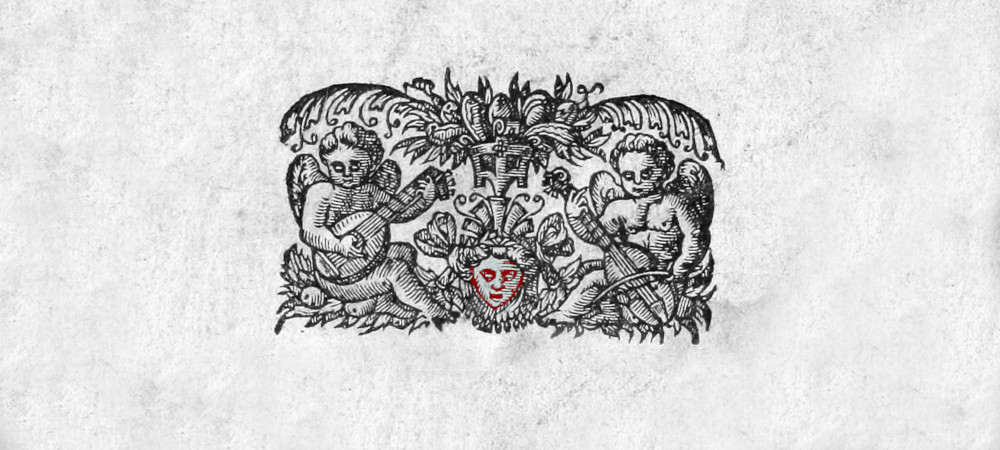Scientism and Ancient Philosophy
In the last post, I drew a distinction between science (the methodology) and scientism (the worldview). This distinction helps us to see that the real battle-line is drawn between ancient philosophies and scientism, rather than between pre-modern and modern methods of science. Much of my writing is devoted to pre-modern philosophies and spiritualities because I find these pre-modern viewpoints rich with meaning even when I disagree with some of their conclusions. By contrast, I find scientistic accounts evacuated of meaning even when they are more correct in the precise details of physical reality.
In this post, I want to explore an important asymmetry between their two points of view: the pre-modern viewpoint can usually absorb the physical insights of science, while scientism cannot absorb the spiritual insights of pre-modern philosophy. This follows from the basic assumptions of the two viewpoints. (Most) pre-modern philosophies fully admit the material, mechanical layer of reality, but also admit a further dimension, a “something more” that we can broadly call the “spiritual” dimension so as to capture what is common between Plato, Aristotle, early Christianity, and even Stoicism for all its ostensible materialism. By contrast, the scientistic viewpoint takes its starting point from an only—it only admits the physical layer of reality and in principle rejects whatever layer of reality would possibly include fairies, ghosts, and God.
To illustrate, let me use an example from my recent reading about habit formation. A common model for understanding habit formation in contemporary science involves a cycle consisting of three stages: (i) trigger, (ii) behavior, and (iii) reward. This strikes me as quite parallel to early monastic accounts of temptation. In cases of failure, the monk faces: (i) a tempting thought (λογισμός), (ii) falls into sin, and (iii) reinforces the habit of sin through the experience of pleasure.
In both cases, the solution to bad habits appears quite similar. The contemporary self-help guru will tell you to interrupt the path from trigger to behavior, by replacing the bad behavior with a good one. The monk would also tell you to interrupt the cycle right at the first stage by rejecting the evil thought as soon as it appears and replacing the habitual sin with a virtuous action. This started me thinking about the extent to which these models are just describing the same phenomena in different language: aren’t “trigger” and “temptation” just two different ways to identify the same event?
But of course the two theories are not saying the same thing because these individual terms are framed within a whole worldview with fundamentally different presuppositions. The early Christian notion of temptation presupposes an objective and transcendent frame of morality, whereas the scientistic account that we read in the self-help literature tries to side-step the question of whether the behavior is objectively good or bad by simply talking about whether you happen to want it or not. (We must add, however, that this attempt to side-step objective value frequently fails because terms like “healthy,” “destructive,” or “undesirable” slip in through the back door.)
The ancient monastic view, however, is not completely at loggerheads with recent scientific discoveries and this reveals the important asymmetry that I mentioned earlier.
Much of the contemporary thinking is based on physical facts that the ancients could not possibly have known. For instance, we now know (or strongly suspect) that there is a tight association between the reward loop and the neurotransmitter dopamine. There would be no way for ancient monks to know about this chemical, but I do not think it posses any threat to their view of the world. Suppose that we put one of them into a time machine, taught him chemistry, and showed him the evidence for the link between feelings of pleasure and dopamine (or conversely feelings of craving and a lack of dopamine). My guess is that he would say, “Interesting, I knew that humans were embodied animals. I knew that there were links between certain activities of the soul and certain bodily operations. Now I have a clearer picture of exactly how those bodily operations work.” In other words, the new physical data could be incorporated more or less seamlessly into the ancient theory.
The opposite, however, does not hold true for incorporating ancient insights into a reductive, scientistic frame. The methodological exclusion of all non-physical realities from the experimental science has led to the philosophical exclusion of those realities from the scientistic worldview. For example, the scientistic explanation of the reward loop has no room in it for the activity of demons. This is not merely a difficulty squaring the evidence with the hypothesis that there are demons. Rather, it is the systematic exclusion at the outset of the very possibility that there are demons because of the kind of entity that they are.
Hence, an ancient Christian could fit dopamine into his worldview, but the modern materialist cannot fit demons into his. The ancient Christian could accept physical, mechanical explanations as part of a broader understanding of human psychology, whereas the modern reductionist cannot accept spiritual explanations at all.
This should not, of course, be taken as a positive argument that there are demons, but it does demonstrate a basic structural advantage that physical-plus-spiritual philosophies have over physical-only philosophies. Further, I think it is this basic structural advantage that draws people like me to read ancient philosophy—it offers at least the possibility of meaning, rather than closing the door to that possibility before we have even peaked through it.
